Software Products
One of the main products of my work as a data scientist is various forms of software. While R is my primary language I have branched out somewhat into other languages (including Python) and will try to reference those outputs here as well.
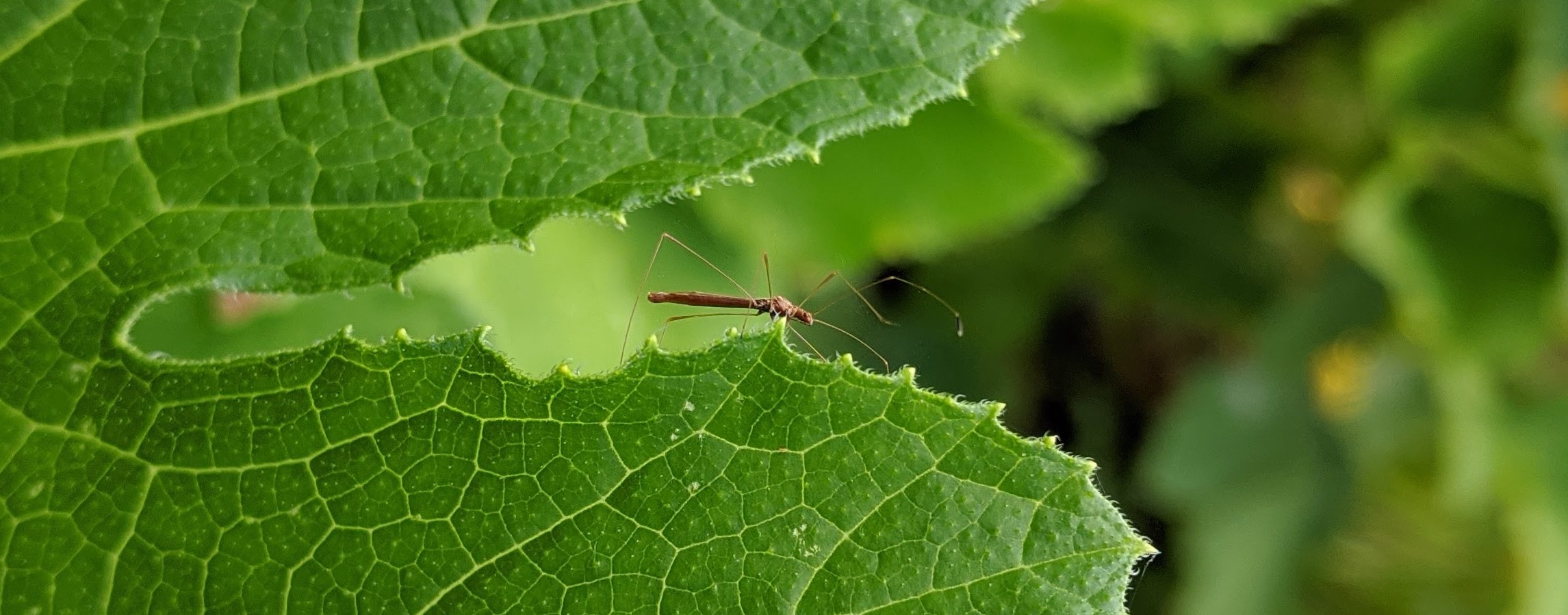
General Code Products
I work extensively on GitHub and am a firm believer in version control as a mechanism for ensuring code reproducibility and code openness. Because of that–and to avoid redundancy–I recommend that you explore my GitHub profile for a more or less complete set of the projects I’ve worked on.
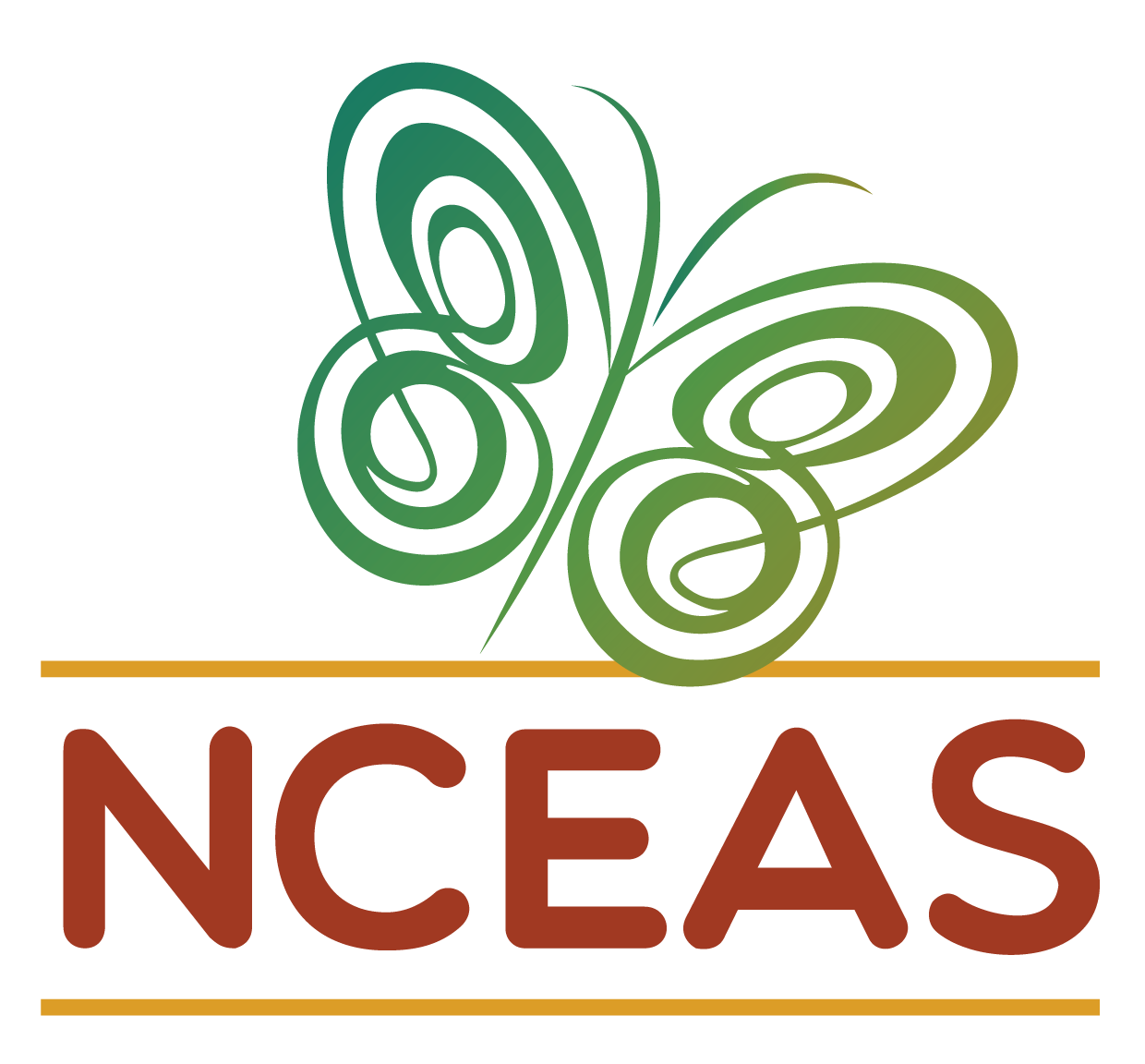
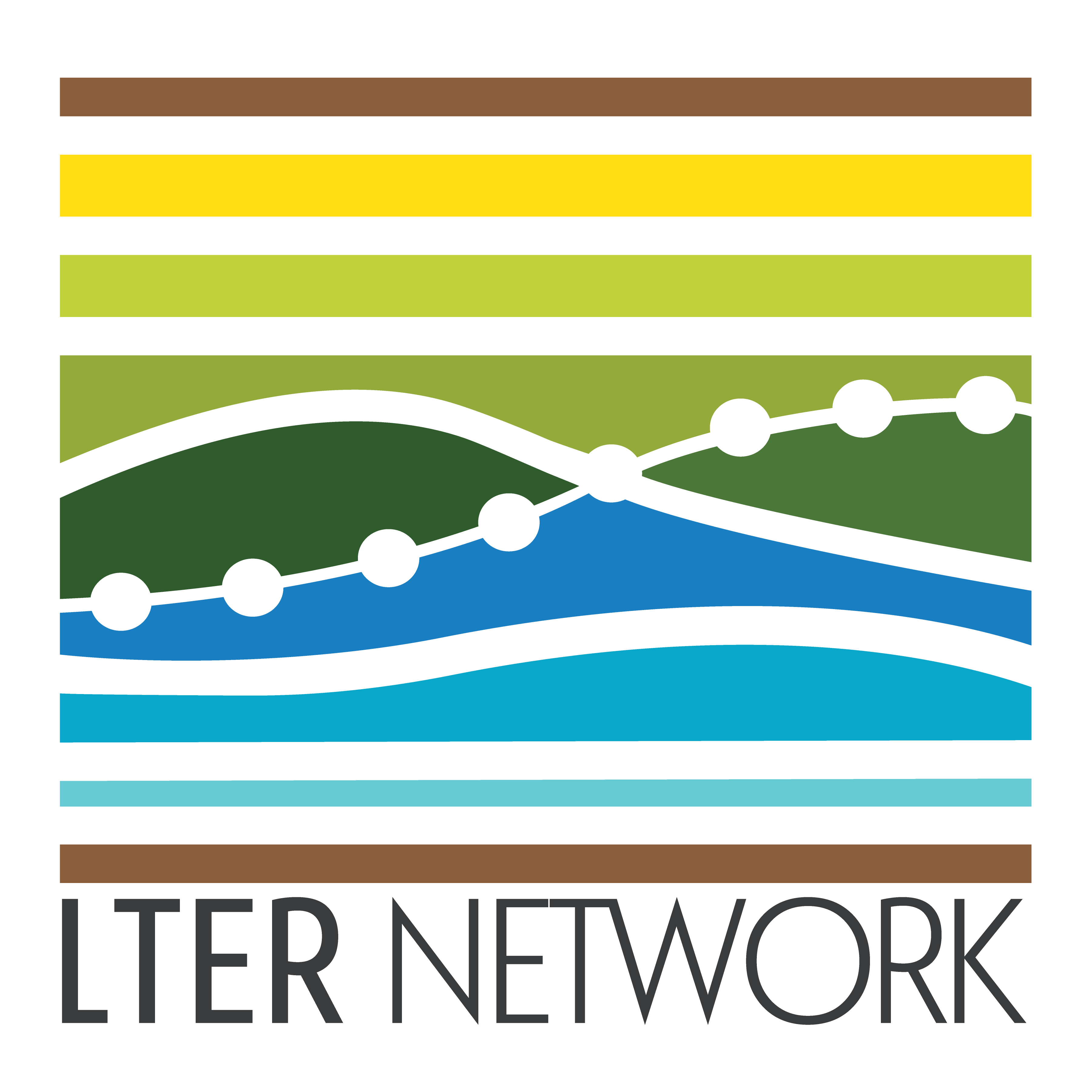
In my role as a Data Scientist for the Long Term Ecological Research (LTER) Network Office I’ve also done a lot of code work in that GitHub Organization. I’ve also done some work in the National Center for Ecological Analysis and Synthesis (NCEAS) GitHub Organization.
R Packages
I have increasingly worked on wrapping the functions that I write into R packages for two reasons: (1) it is simpler for me to reference my own work across different projects and (2) it hopefully helps others who run into the same problems that I have attempted to solve. Below is a list of the packages where I am an author Additionally, note that I designed the hex logos for dndR and supportR while Gabe De La Rosa designed the hex logos for lterpalettefinder, HERON, and scicomptools; thanks Gabe!
Icon legend: = CRAN link | = GitHub repository
dndR: Dungeons & Dragons Functions for Players and Dungeon Masters | –supportR: Support Functions for Wrangling and Visualization | –ltertools: Tools Developed by the Long Term Ecological Research Community | –lterpalettefinder: Extract Color Palettes from Photos and Pick Official LTER Palettes | –scicomptools: Tools Developed by NCEAS’ Scientific Computing Support Team | –metajam: Easily Download Data and Metadata from ‘DataONE’ | –HERON: Helpers for River Observation |
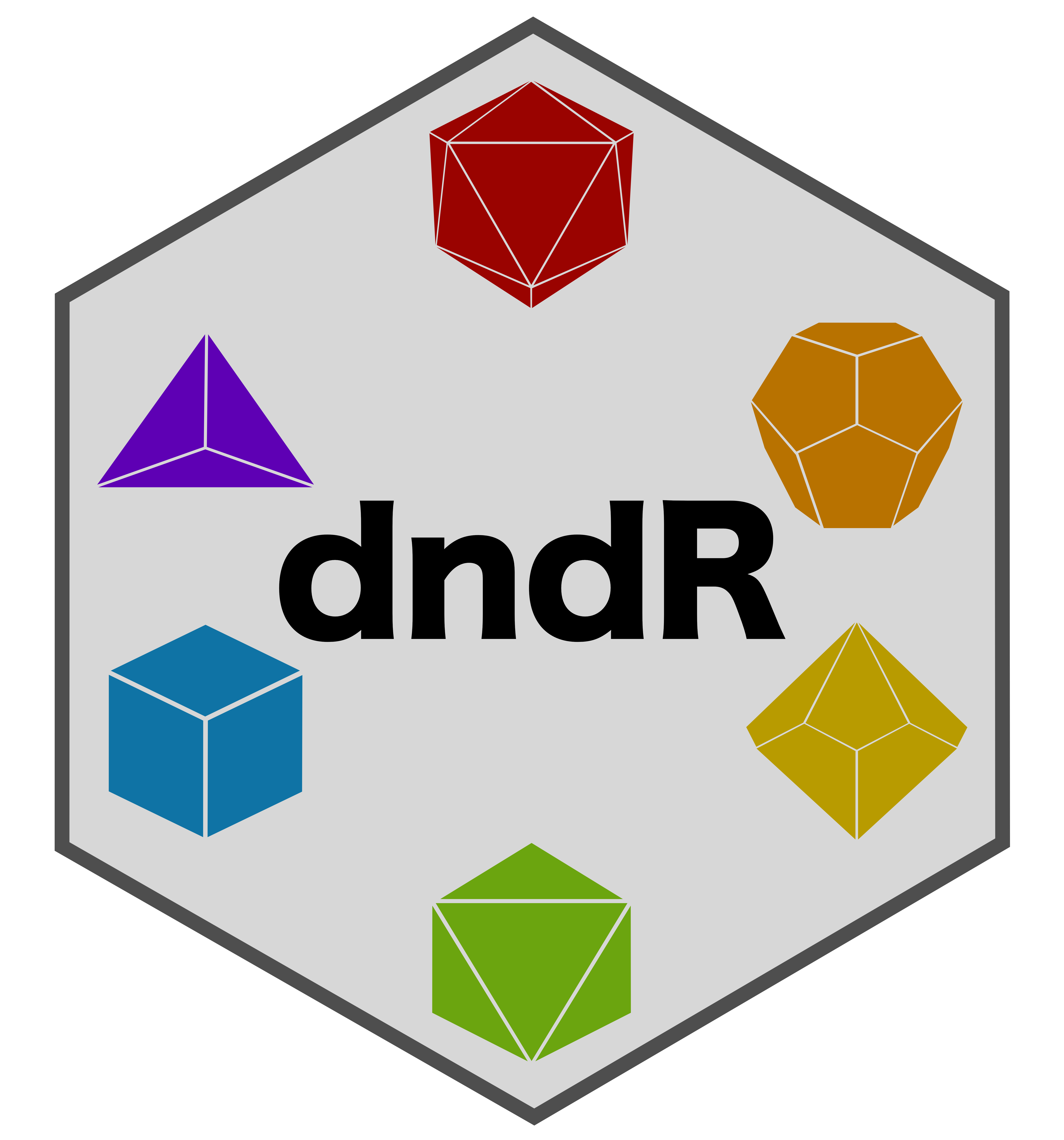
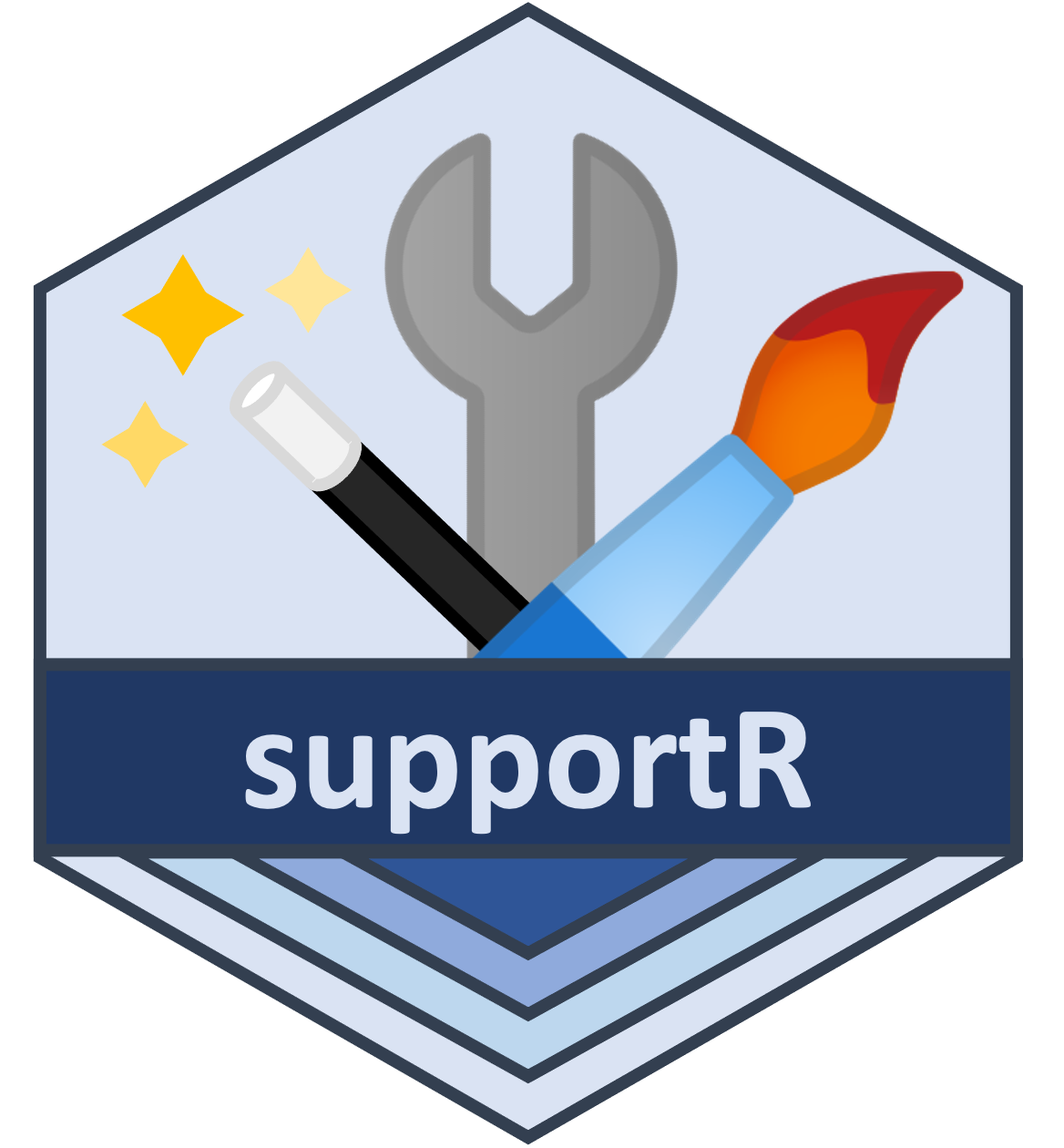
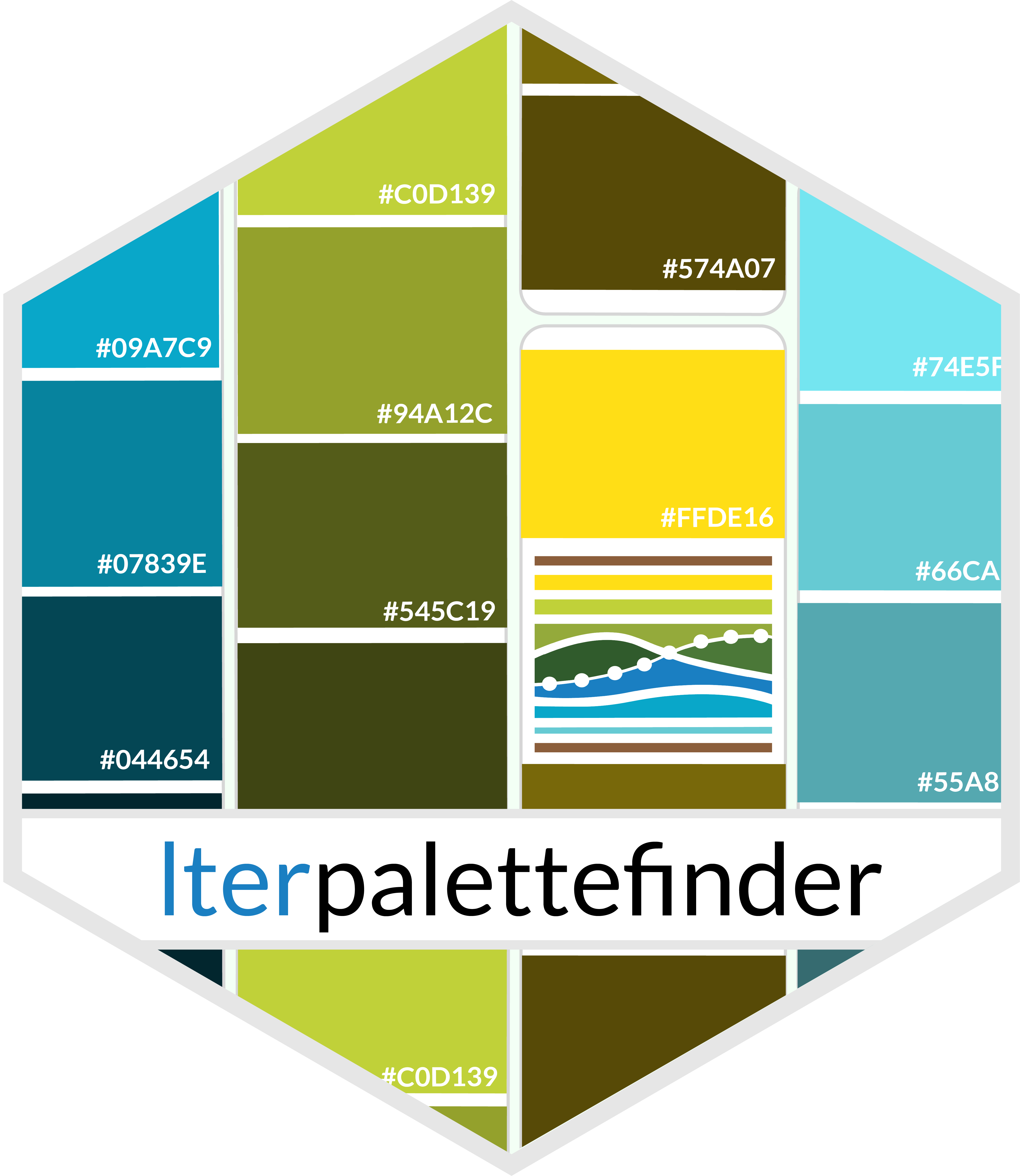
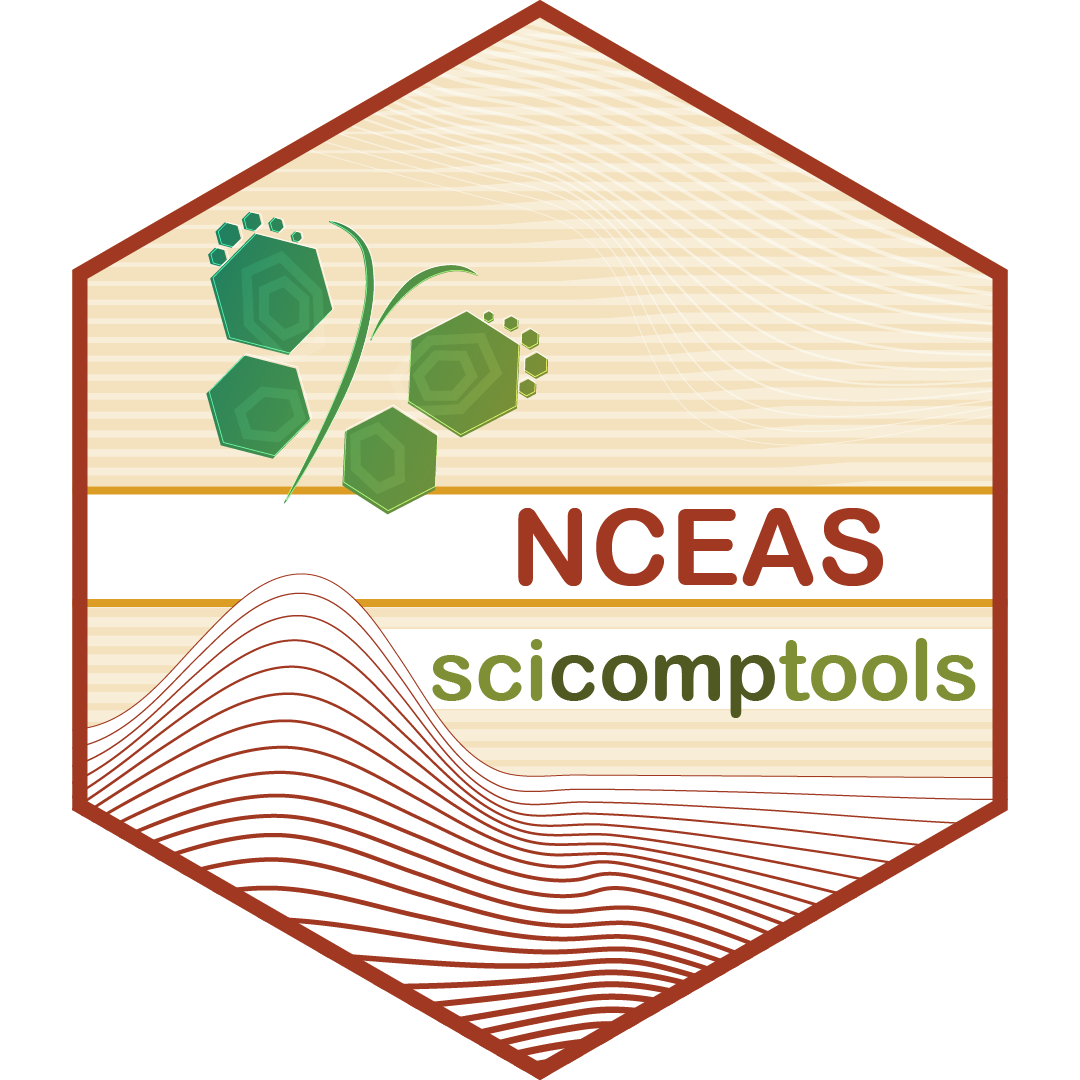
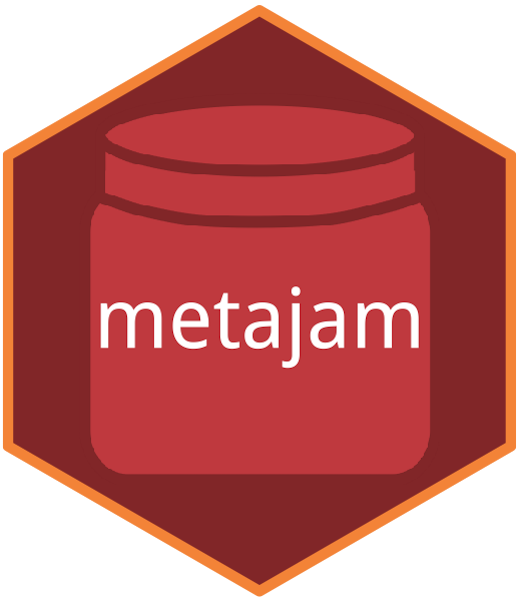

R / Python Bilingualism
While I am primarily an R coder, I definitely recognize that other languages can be extremely valuable! To make sure that I’m well-rounded I’ve made some strong efforts to self-teach Python and document that process in ways that may be useful to others interested in making a similar leap. First and foremost of these efforts is my stab at a ‘bilingualism’ website for R & Python. This site demonstrates a range of increasingly complex operations and how they are accomplished in both languages.
I’m constantly improving on that website and have comprehensive contributing guidelines to make it easier for others to collaborate with me on maximizing the value of this resource. You can also check out the GitHub repository for the website here.